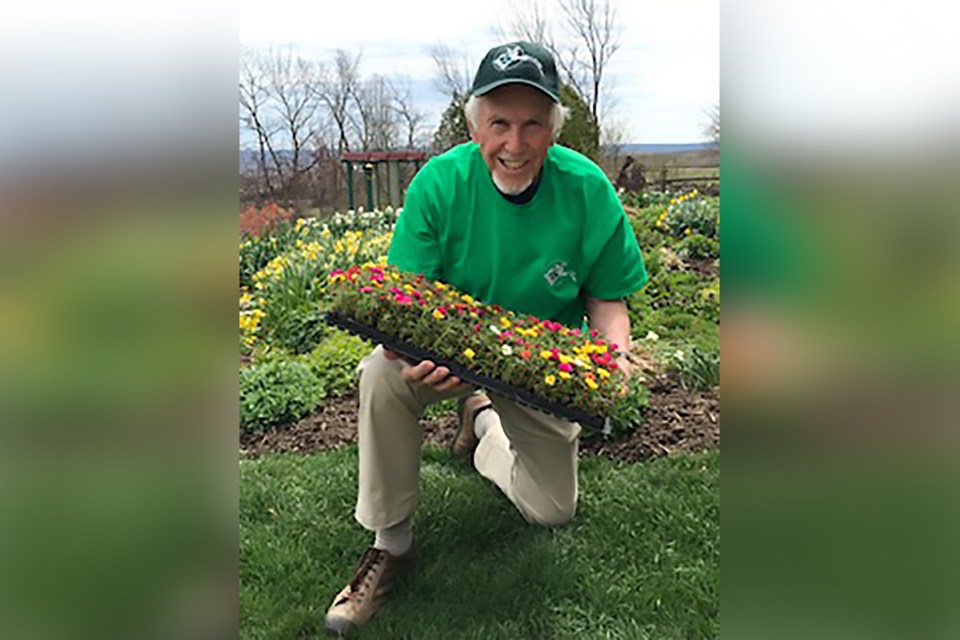John Hethrington has been gardening since the age of 9. He spent his early life gardening in Toronto and earned his certification as a Master Gardener before moving to Meaford where he cultivates 2.5 acres with 20 different gardens.
************************
September 2022:
- Trim back perennials like daylilies and iris. My mother always cut the iris fans up one side and down the other into a nice V. But she was picky. Divide them as needed. Make sure it is a cool, cloudy day to divide and replant, or to pot up plants for your neighbours or fall plant exchanges.
- Try out the Grey County Master Gardener’s annual fall plant sale of interesting perennials on Saturday, Sept. 10, from 9 a.m. to noon, on the grass at the Heritage Mall in Owen Sound. Lots of nifty stuff!
- Fall is the ideal time to divide and plant iris, daylilies, peonies and many other perennials. Share extra plants with neighbours. Watch my YouTube video I prepared for our St. George’s plant sale on dividing and potting up plants.
- Buy and plant spring-flowering bulbs. Your efforts will be handsomely rewarded next spring. Check out Botanus online @ www.botanus.com. After our dry summer, add some water to the bottom of the hole, then some soil, then a little bonemeal fertilizer or special bulb food. Water well after planting to start root growth.
- Take a critical look at your garden. Then fill in any gaps that may have developed with new perennials, shrubs and/or evergreens. They will get a huge head start over plants planted next spring.
- Bring in house plants when the evenings start to cool down. First, give them a thorough spray with insecticidal soap so that there are no unwanted hitchhikers coming into your home.
- With cool nights and hoped-for fall rains, it’s the ideal time for lawn repair. Dig out weeds, add clean, weed-free topsoil and re-seed. Keep the planted area moist.
- Fertilize lawns with root-building fall fertilizer with a low first number (nitrogen) and high second and third numbers (phosphorus and potash).
- Don’t use the lawn fertilizer you have left over from the spring, probably with a high first number (nitrogen). Save it for early next spring.
- It’s been first, a dry summer, with more recently, lots of rain, but deep down it is probably still dry. Dig a little test hole, say 14”-16” deep. Check the moisture levels at that depth. If the bottom of the hole is dry, water your gardens weekly and deeply until frost. Buy and put a soaker end on your hose and put it in the middle of your relatively flat garden beds and let the water seep in.
